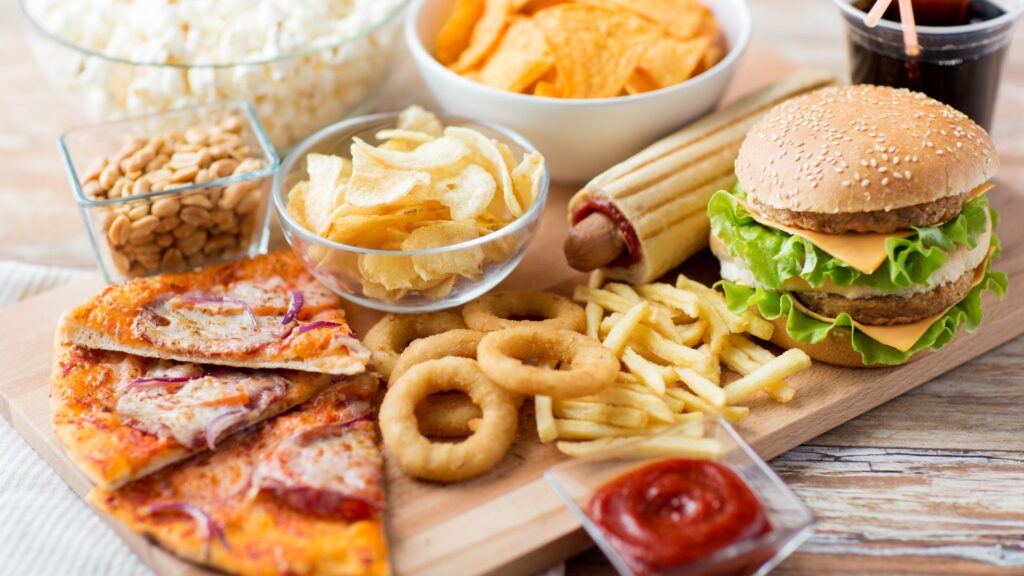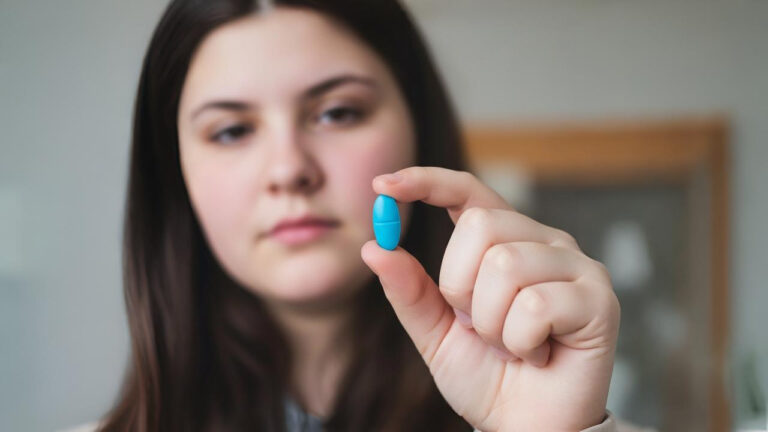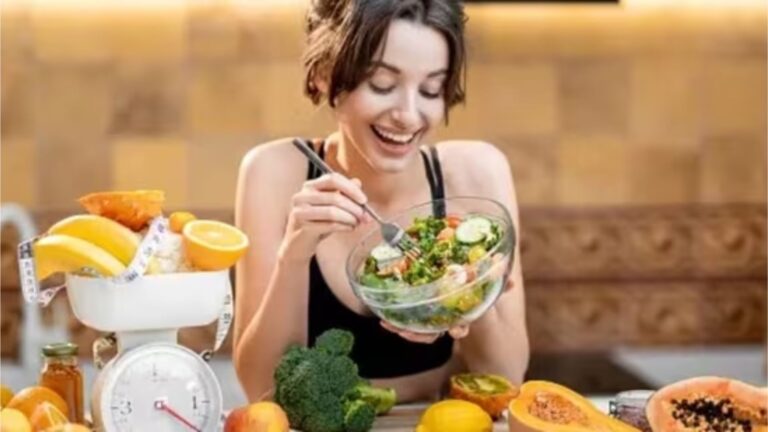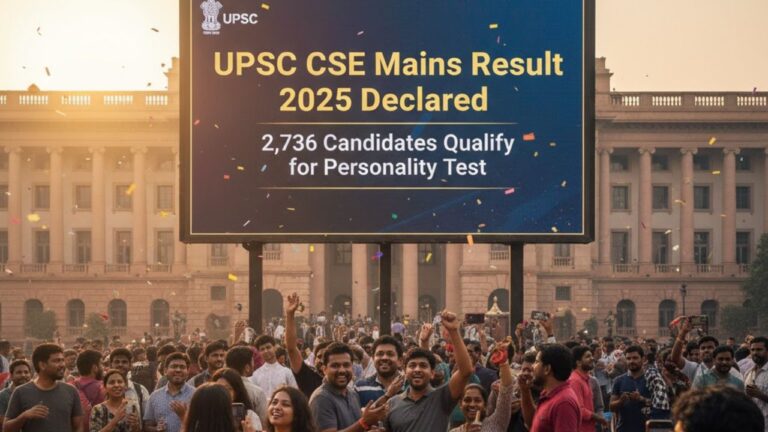
A national consortium on adolescent nutrition, led by India’s foremost government nutrition body, has put forward recommendations for stricter regulations on advertisements promoting high-fat, salt, and sugar (HFSS) foods. The consortium has also suggested the imposition of a health tax on such products to curb their increasing consumption among young people.
The policy brief, released on Friday by Let’s Fix Our Food (LFOF), emphasized enforcing bans on HFSS foods in school canteens and areas surrounding educational institutions. These recommendations align with existing guidelines issued by the Food Safety and Standards Authority of India (FSSAI).
Collaborative Effort for Nutrition Reform
The LFOF consortium includes leading organizations such as the Indian Council of Medical Research-National Institute of Nutrition (ICMR-NIN), Public Health Foundation of India, and UNICEF. It also collaborates with the Institute of Economic Growth, the World Health Organization (WHO), Deakin University, and the World Obesity Federation.
Highlighting India’s dual burden of malnutrition, the policy brief revealed that while 24 percent of adolescents are underweight, more than 17 million children and adolescents are affected by obesity. Without intervention, this figure could surpass 27 million by 2030. Dr. V.K. Paul, speaking at the policy launch, emphasized the urgency of addressing adolescent obesity to prevent long-term public health and economic consequences.
Proposal for a Health Tax on Unhealthy Foods
A key proposal from the consortium is the implementation of a health tax to combat rising obesity and diabetes rates. Currently, India’s Goods and Services Tax (GST) does not differentiate between healthy and unhealthy food items. The LFOF has recommended an additional tax of 20–30 percent on sweets and confectioneries and a 32 percent tax on sugar-sweetened beverages (SSBs). The consortium also urged a review of taxation policies on sugar alternatives, which are presently taxed at the same rate as regular sugar.
The recommendations further include incentives for manufacturers to lower the sugar, salt, and fat content in food products. Strengthening regulations on the marketing of unhealthy food and implementing more effective food labeling policies were also identified as critical steps toward encouraging healthier choices.
Addressing Gaps in Advertising Regulations
India currently has thirteen policies and guidelines regulating advertisements, with nine being mandatory and four operating under self-regulation. The 2022 Guidelines for Prevention of Misleading Advertisements and Endorsement of Misleading Advertisements is the only policy explicitly restricting HFSS food advertisements targeting children across all media platforms. However, the consortium identified significant ambiguities in the policy, such as the lack of a clear definition of ‘junk food’ and unclear criteria regarding program- versus channel-wide advertisement restrictions.
To improve regulatory effectiveness, the consortium recommended expanding advertising restrictions beyond child-directed advertisements to include all consumers. It also called for a clearer definition of junk food, suggesting the adoption of models like the WHO Nutrient Profile Model for Southeast Asia or the Nova food classification system to categorize foods based on processing levels.
Leveraging AI and Behavioral Strategies for Nutrition Awareness
The consortium highlighted the effectiveness of behavior change techniques in obesity prevention, advocating for their integration into public health initiatives. Social Behavior Change Communication (SBCC) was identified as a key strategy to modify nutrition-related practices at multiple levels, from policy to individual behavior.
To enhance SBCC efforts, the policy brief suggested utilizing artificial intelligence (AI) tools and mobile health technologies to improve nutrition awareness and interpersonal counseling. Another crucial recommendation was the integration of “double-duty actions” in health programs, which simultaneously address both undernutrition (such as stunting and wasting) and overnutrition (such as obesity and diet-related diseases).
Nationwide Survey Highlights Adolescent Perspectives
The recommendations were based on a nationwide survey of 1,43,906 adolescents across India’s 36 states and union territories. The findings revealed that 49.46 percent of adolescents rely on schools for nutrition-related information, while 72.58 percent reported reading nutritional labels. However, 67.57 percent admitted that food advertisements influence their dietary choices, and 62.81 percent sought clearer nutritional information on food packaging.
Food affordability remains a concern, with 30.7 percent of adolescents stating that healthier options are too expensive. On the physical activity front, 30.15 percent recommended at least 30 minutes of daily exercise, while 15.06 percent advocated for an hour of daily physical activity.
Steps Toward a Healthier Future
As part of the broader initiative to improve adolescent nutrition, LFOF introduced a Model School Nutrition Curriculum to integrate food and nutrition education into school programs. Additionally, a Food Label Reading Comic Book was launched to help adolescents better interpret food labels and develop nutrition literacy through skill-based learning.
With these comprehensive policy recommendations, the LFOF consortium aims to address India’s growing adolescent nutrition challenges by fostering informed dietary choices, regulating unhealthy food marketing, and promoting sustainable health policies.






